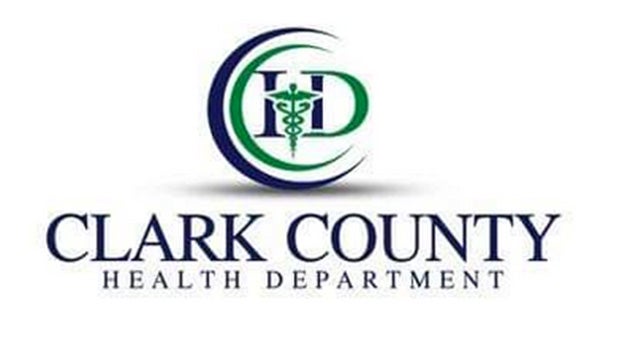JOHNSTON: What you need to know for summer camping trips
Published 10:18 am Tuesday, July 28, 2020

- Shonda Johnston is the Clark County Extension agent for family and consumer sciences.
|
Getting your Trinity Audio player ready...
|
I’m trying to convince my family to go camping. Like real sleeping-outside-in-a-tent camping.
We’ve all been in the house together since March, and my husband has expressed (several times) the need to have a change of scenery. So I suggested camping.
If you even know a little about me, I’m not really the camping or outside-y type, so I understood my husband’s snicker.
But it seems like a great way for us to travel and maintain social distancing at the same time, not to mention camping and hiking provide opportunities for physical activity, spending time with family and enjoying the great outdoors.
I’ve never actually been camping. So I really have no idea where to start with preparing for a camping trip.
Luckily, I found some tips from the University of Kentucky’s Extension Specialist in Nutrition Heather Norman-Burgdolf to help me make a plan.
— Keep everything clean. Remember to wash your hands before and after preparing food.
Hand washing is one of the most effective ways to prevent the spread of foodborne illnesses. Getting food sickness or food poisoning on a camping or hiking trip is a sure way to ruin the enjoyment of the outdoors.
Alcohol wipes or hand sanitizers could be used in place of soap and water if water is not readily available.
— Separate raw food from cooked or ready-to-eat food to prevent the bacteria present in raw foods from being transferred to cooked foods.
Double wrap poultry or place it in plastic bags with strong seals. This will prevent meat juices from dripping on and contaminating other foods.
— Keep hot foods hot and cold foods cold. Bacteria multiply quickest when in the danger zone between 40 degrees to 140 degrees, so keep food out of this range.
Use a food thermometer to be sure cooked food has reached a safe internal temperature.
Transport food cold by refrigerating your food, especially meat, overnight and packing into coolers.
Make sure your cooler is always fully stocked with ice.Food is safe only if the cooler still has ice in it, otherwise discard leftover food.
— Have a source of safe drinking water. Pack bottled or tap water for drinking.
If you use up your supply of water before the trip is over, you should seek out water from tested public systems.
Avoid drinking water from streams no matter how clean the water appears. It is not easy to know if the water is contaminated upstream.
Most importantly, be sure to carry enough water. Drink four cups of water before your hike so you have less to carry and plan to bring two cups of liquid for every hour you hike.
— Pack foods that are healthy and easy to carry. Consider taking ready-to-eat cereal, fruit and vegetable pouches and pouches with chunks of chicken or canned tuna.
Packs of mayo, mustard and ketchup can spice up your meals without taking up a lot of space.
If you have the ability to boil water, take small packs of dried grains and pasta.
Don’t forget the marshmallows for roasting.
Here is a pretty comprehensive list of what to pack/bring when you plan a trip.
After reading all these tips and packing lists, I’m definitely thinking of doing a trial run in my back yard just in case I forget something. Or chicken out.
I’ll keep you posted.
Camping and Hiking Checklist
— Insulated cooler
— Broad-spectrum sunscreen and chap stick (at least SPF 15)
— Thermometer
— Wide-brimmed hat and sunglasses
— Healthy on-the-go snacks and other food
— Life jacket, helmet and other protective gear
— Water and other alcohol and sugar-free fluids
— First-aid kit
— Map
— Compass or GPS
— Garbage bags
— Alcohol-based hand sanitizer and disposable wipes
— Pot and utensils
— Flashlights
— Napkins
— Extra batteries
— Water purification, water sanitizing tablets and water filters
— Sturdy shoes
— Frozen gel packs
— Extra set of clothes
— Lighter and matches
— Tent and plastic ground cloth
— Adequate bedding/sleeping bag and extra blankets
— Insect repellent containing DEET for skin
— Lightweight, light-colored clothing, including long sleeves and pants
— Permethrin insect repellent for clothing
— Medical records, including information on: vaccinations; insect, food, plant and other allergies; diseases and conditions; medicines, dosing schedules, and storage instructions; emergency contacts; and activities your doctor or nurse says to avoid.
Shonda Johnston is the Clark County Extension agent for family and consumer sciences. She can be reached at 859-744-4682 or by email at shonda.johnston@uky.edu.





